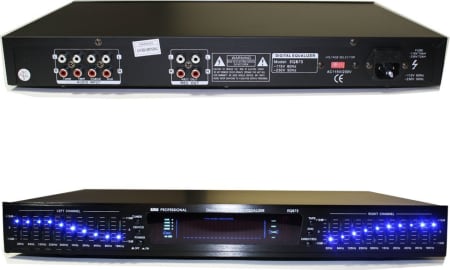
Finding the right balance between these things might feel intimidating, but how you manage them can make or break your success. You’ll need to learn unfamiliar systems and rules, bond with your team members, and of course, tackle everyday tasks. No one feels fully prepared when stepping into their first management position.

When people hear how their work is positively affecting others, they’re more likely to set their own goals and desires aside and focus on the needs and objectives of the team. Knowing the reason behind their work’s importance isn’t enough - employees also want to know who their work is serving. Prosocial purpose: When team members know they’re making a valuable contribution to the world and producing work that positively impacts others, they feel prosocial purpose.This atmosphere encourages diverse perspectives and minimizes failures, as people are more likely to intervene and state their opinions or concerns before errors occur. Psychological safety: This happens when team members feel safe expressing themselves, speaking up when they have questions or concerns, disagreeing with each other, making mistakes, and taking interpersonal risks.Everyone should understand how their own expertise and job duties contribute to the bigger picture, meaning the performance of the team and organization. Common understanding: Every person on your team will possess a distinct set of knowledge, skills, and abilities, along with tasks and responsibilities.When you gather and compare research, it’s clear that high-performing teams are marked by three things:

Both small-scale studies and large research initiatives show the culture of a team - or the habits and norms of behavior among its members - has a big impact on its performance. A more balanced linear equalizer in this case is the minimum mean-square error equalizer, which does not usually eliminate ISI completely but instead minimizes the total power of the noise and ISI components in the output.When you take over a team as a new manager, your first priority should be getting to know the team and how they work.

near zeroes of the channel) in the attempt to invert the channel completely. However, when the channel is noisy, the zero-forcing equalizer will amplify the noise greatly at frequencies f where the channel response H(j2π f) has a small magnitude (i.e. The zero-forcing equalizer removes all ISI, and is ideal when the channel is noiseless. This is intended to remove the effect of channel from the received signal, in particular the intersymbol interference (ISI). If the channel response (or channel transfer function) for a particular channel is H(s) then the input signal is multiplied by the reciprocal of it. This will be useful when ISI is significant compared to noise.įor a channel with frequency response F ( f ), where k is related to the channel response and the signal SNR. The name zero-forcing corresponds to bringing down the intersymbol interference (ISI) to zero in a noise-free case. For example, it is studied heavily for IEEE 802.11n (MIMO) where knowing the channel allows recovery of the two or more streams which will be received on top of each other on each antenna. The zero-forcing equalizer applies the inverse of the channel frequency response to the received signal, to restore the signal after the channel.

This form of equalizer was first proposed by Robert Lucky. The zero-forcing equalizer is a form of linear equalization algorithm used in communication systems which applies the inverse of the frequency response of the channel.


 0 kommentar(er)
0 kommentar(er)
